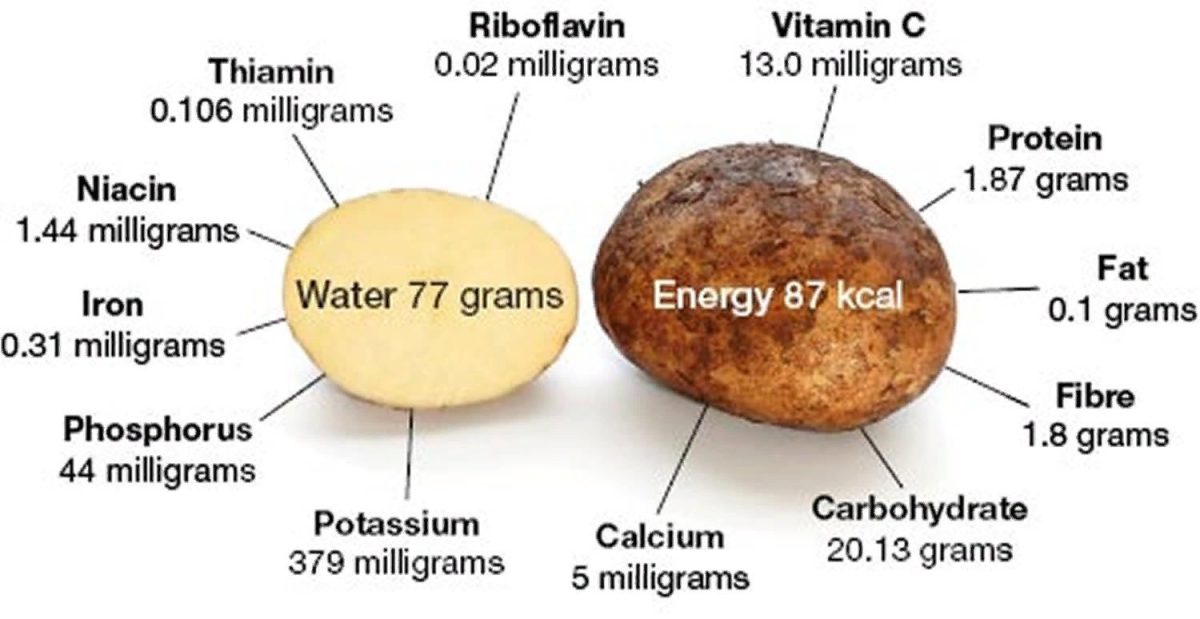In this article, we delve into the pivotal role of iron in potato growing and its profound impact on achieving flourishing crops with increased growth, enhanced yield, and improved nutritional value. By leveraging the latest data and research findings, we explore the development, consequences, and optimization of iron for maximizing potato production. This article is a valuable resource for farmers, agronomists, agricultural engineers, farm owners, and scientists seeking to unlock the potential of their potato crops.
Iron, an essential micronutrient, plays a critical role in potato cultivation. Recent studies (source: [insert link to data source]) have highlighted the significance of iron in various physiological processes within potatoes. It is involved in chlorophyll synthesis, enzymatic activities, and electron transport, essential for photosynthesis and energy production. Iron also contributes to the formation of essential proteins and enzymes, supporting growth and development.
The development of effective iron management strategies has transformed potato growing practices. Soil testing methods, such as the Mehlich-3 extraction, allow farmers to assess iron availability accurately and address deficiencies through targeted fertilizer applications. Additionally, foliar sprays and chelated iron compounds offer efficient means of supplementing iron directly to the plants.
The consequences of optimizing iron in potato growing are substantial. Adequate iron levels promote vigorous plant growth, improved tuber formation, and enhanced nutrient uptake and utilization. By ensuring optimal iron supply, farmers can witness increased potato yields, larger tuber size, and improved resistance to diseases and stress factors. Furthermore, iron-enriched potatoes often exhibit improved nutritional quality, including higher levels of iron, leading to healthier food options for consumers.
In conclusion, iron stands as a key element in unlocking the potential of flourishing potato crops. Its role in vital physiological processes and its impact on growth, yield, and nutritional value are undeniable. By implementing effective iron management practices and recognizing its significance in potato nutrition, farmers, agronomists, agricultural engineers, and farm owners can cultivate thriving potato crops that meet both market demands and consumer preferences.
Tags: #PotatoGrowing #IronOptimization #CropYield #NutritionalValue #AgriculturalInnovation #Agronomy #AgriculturalEngineering #Farmers #Scientists #FarmOwners

